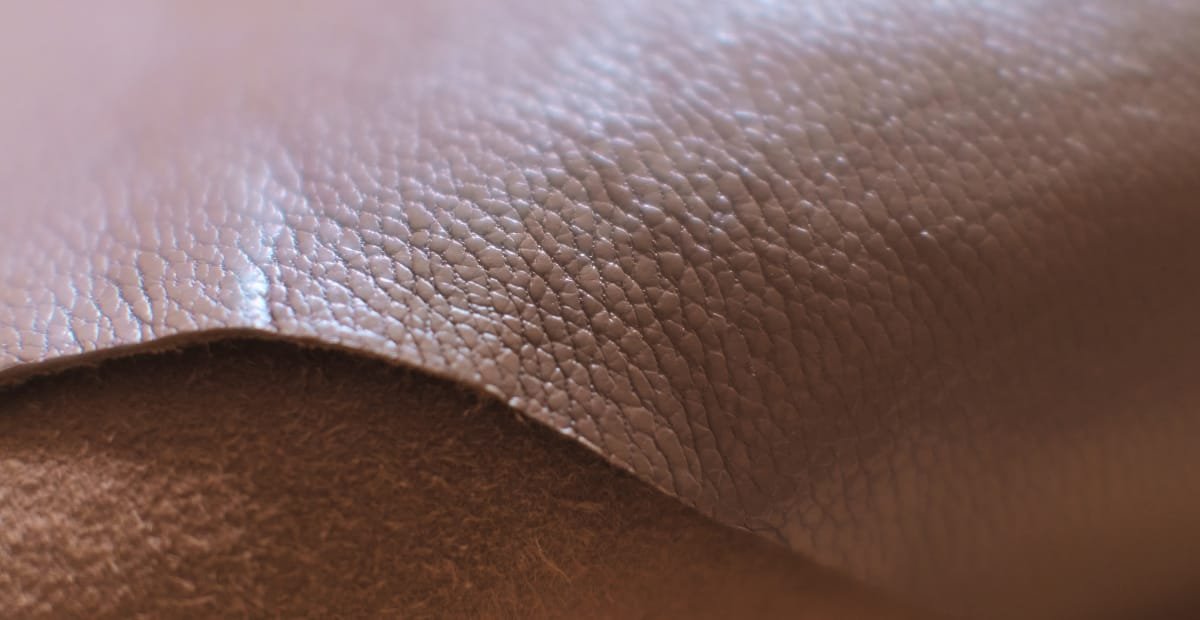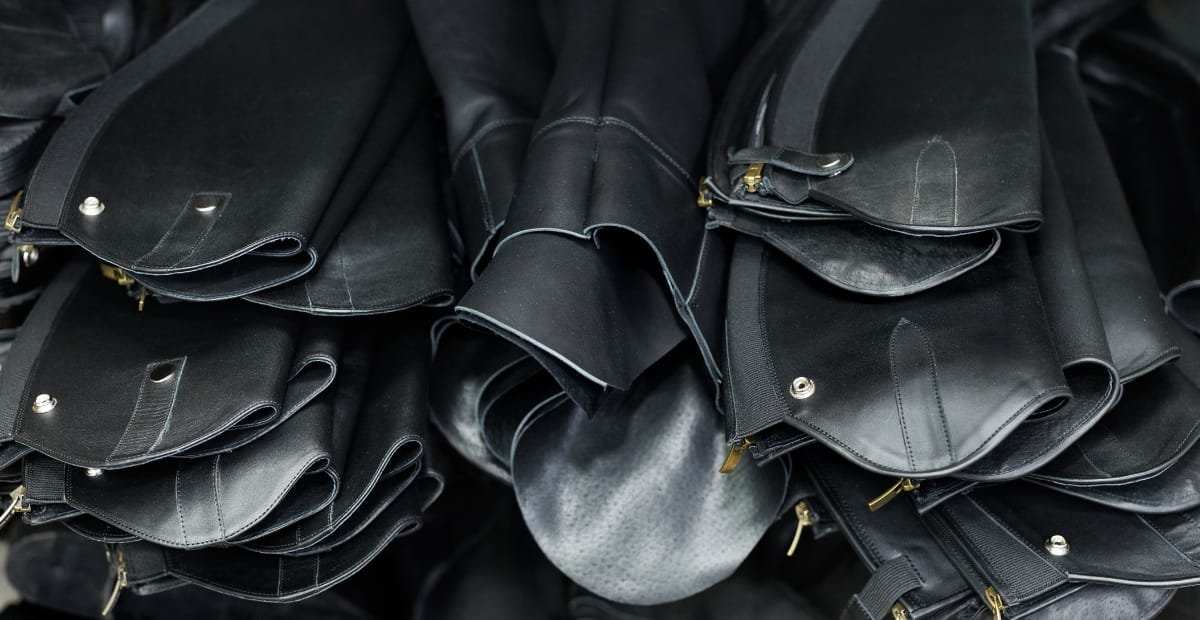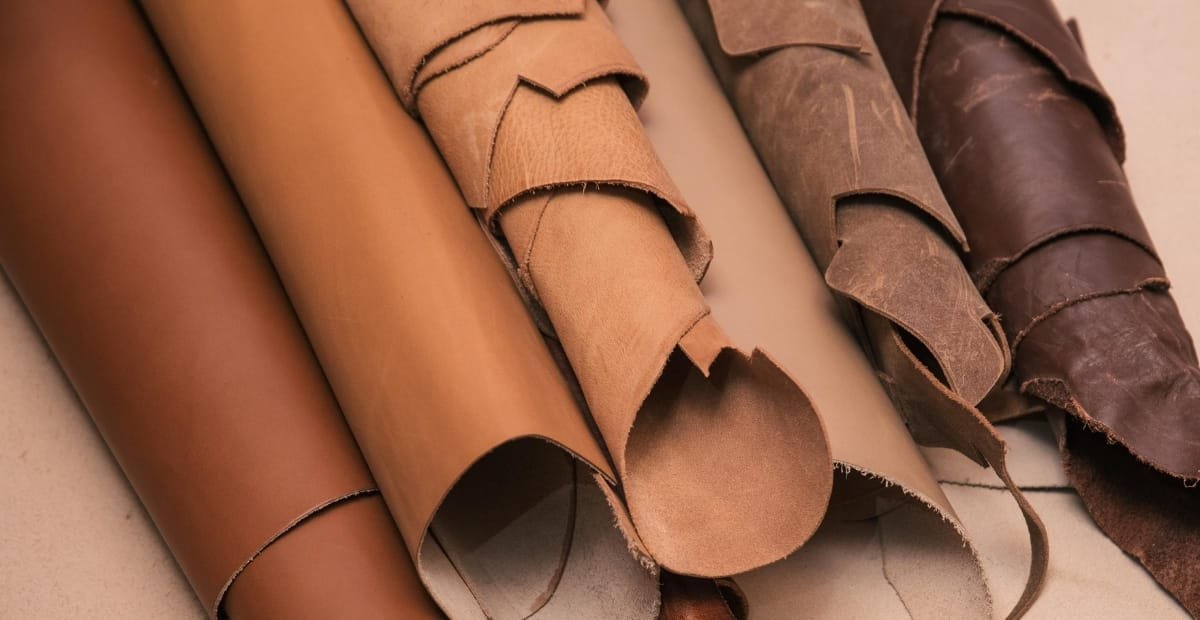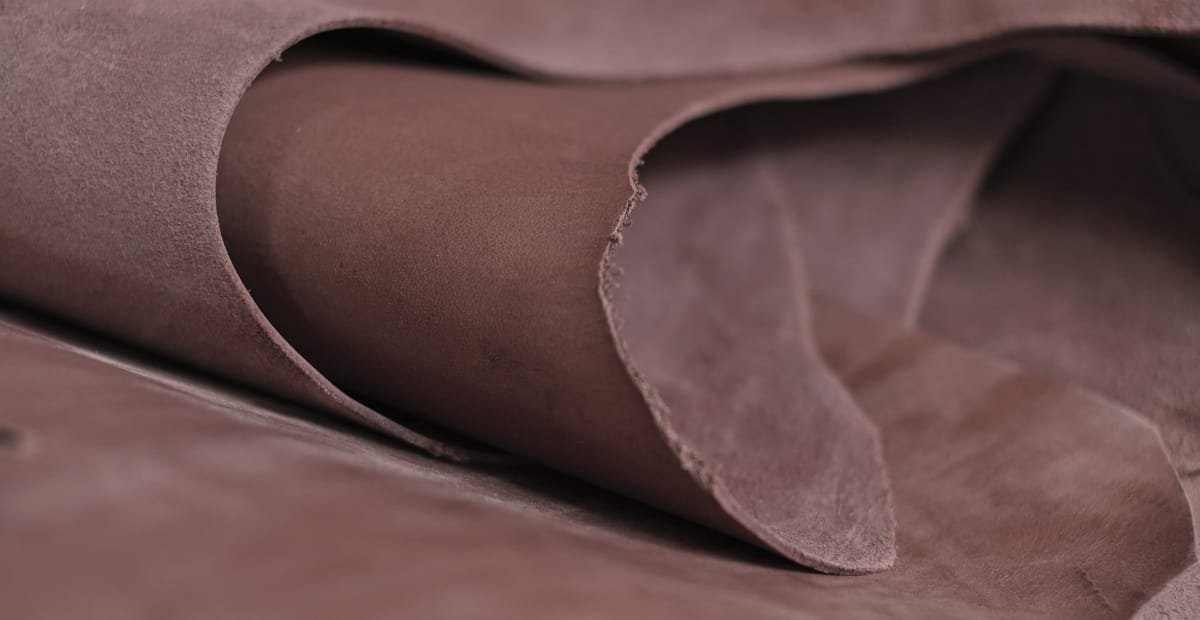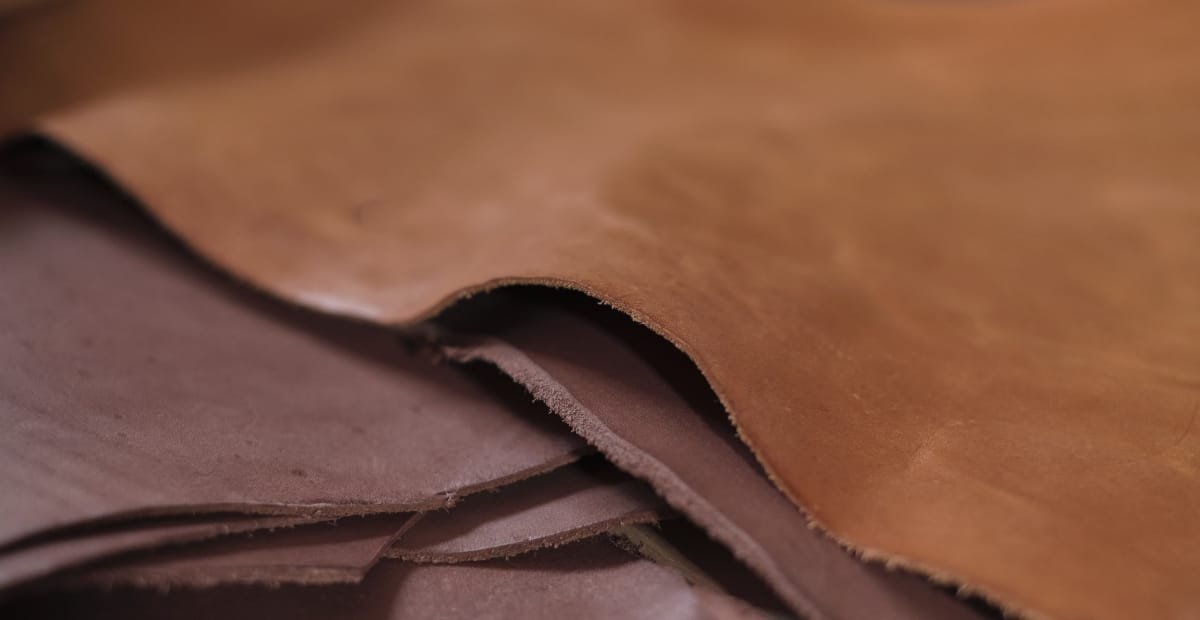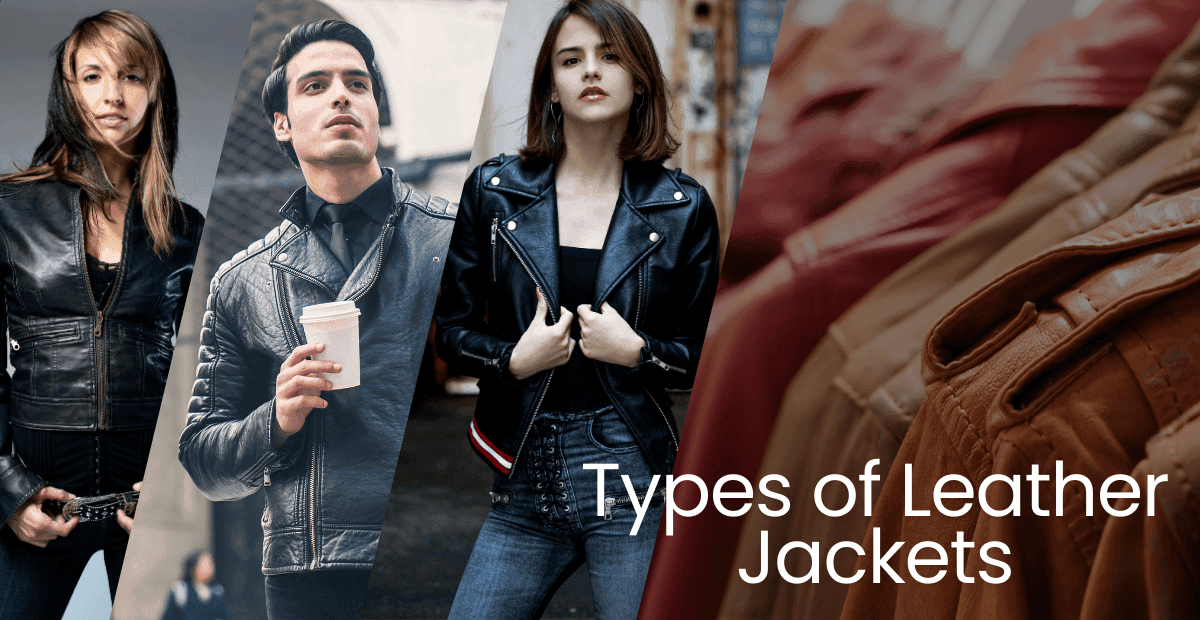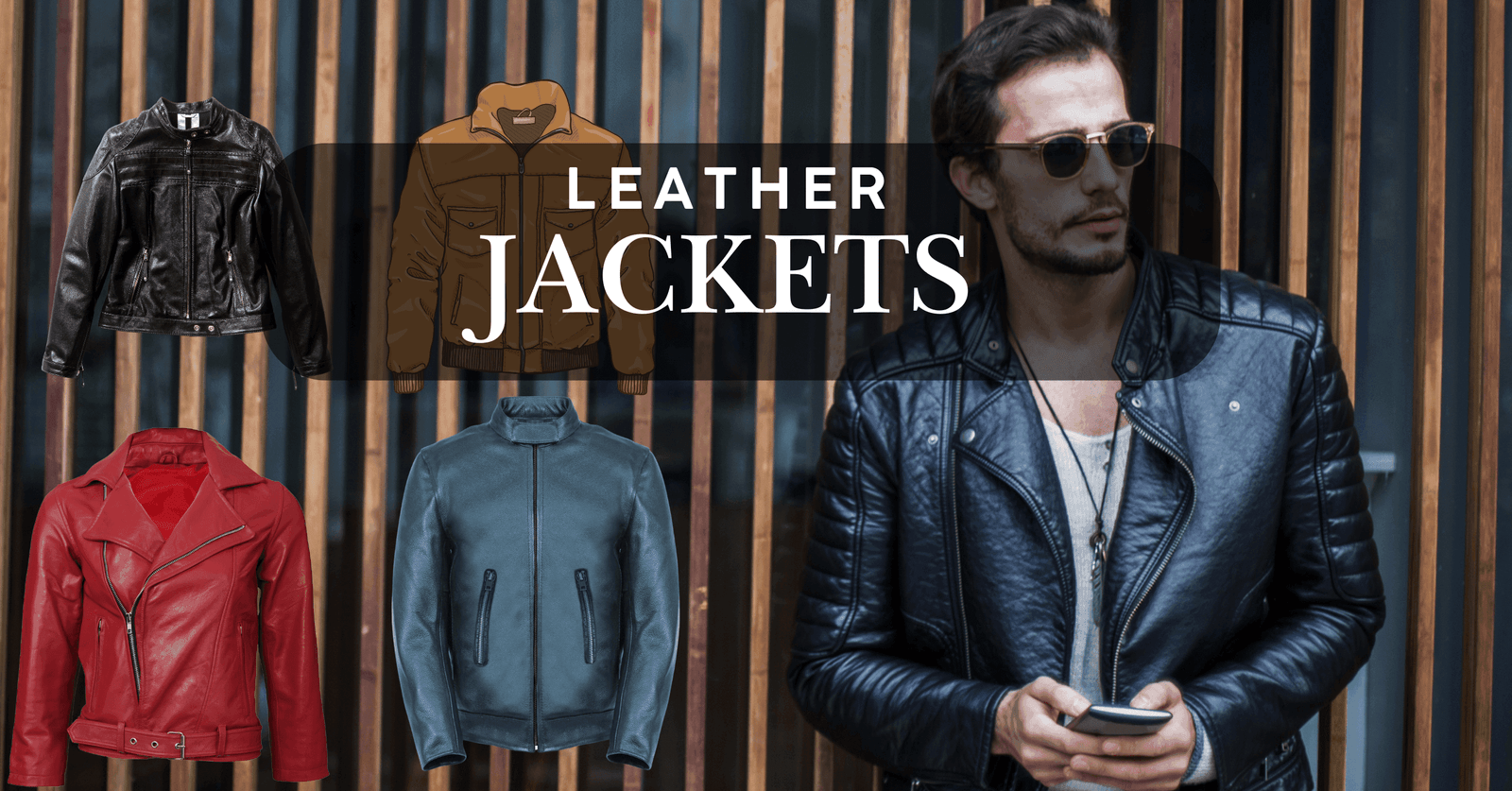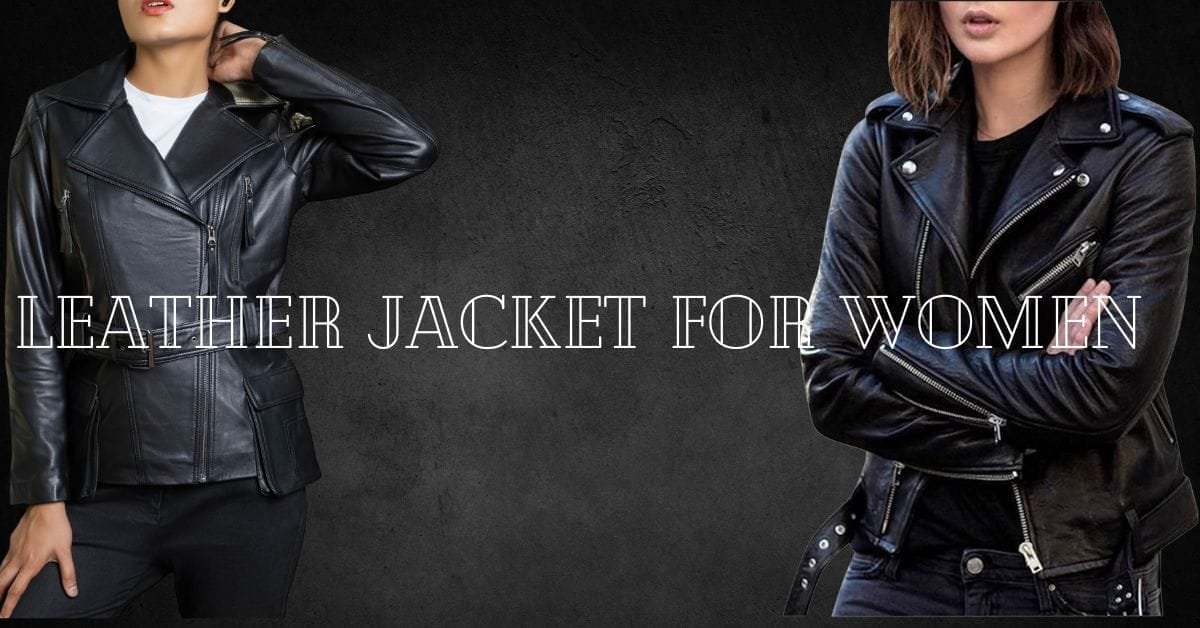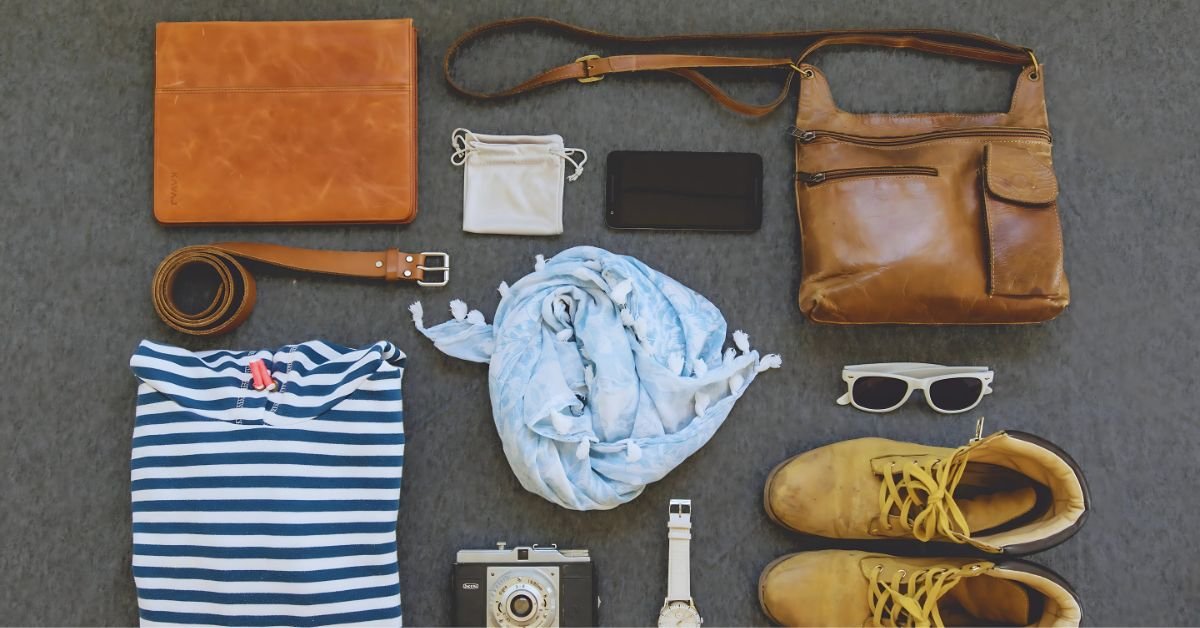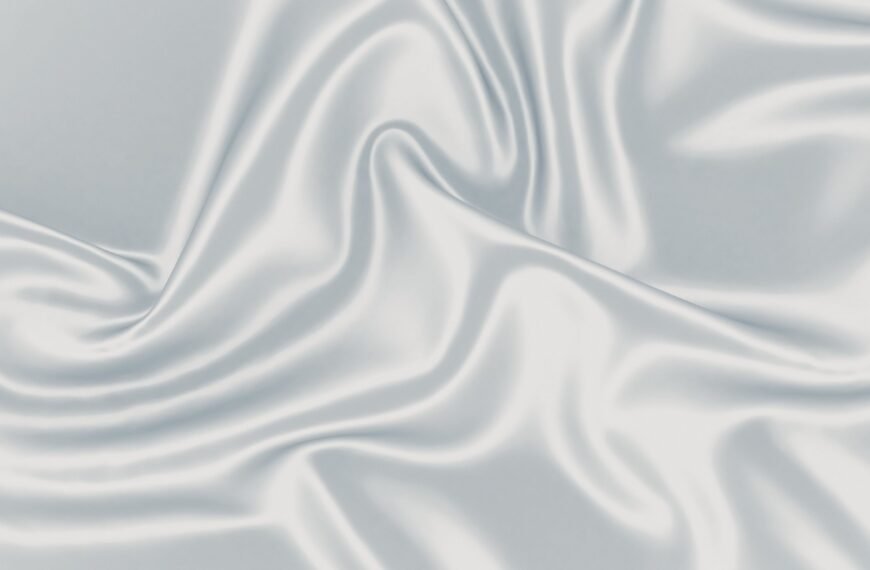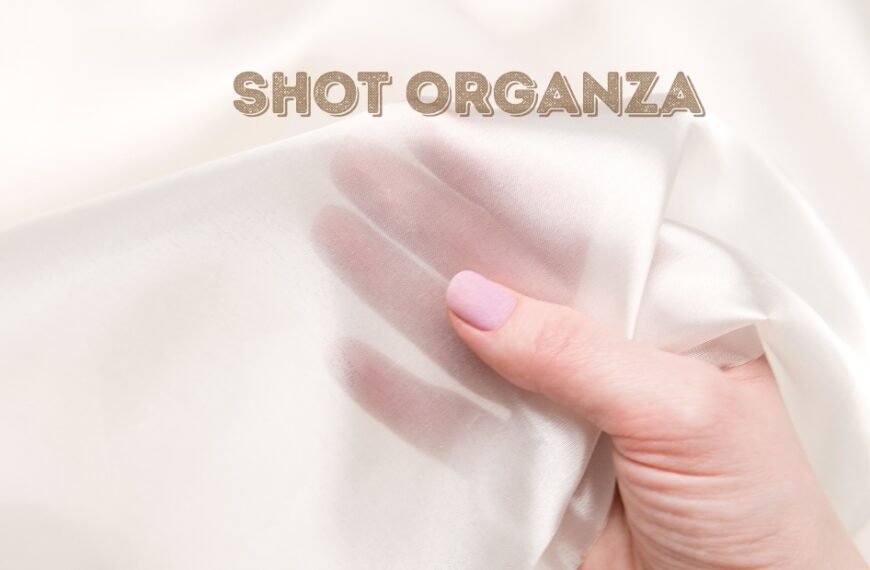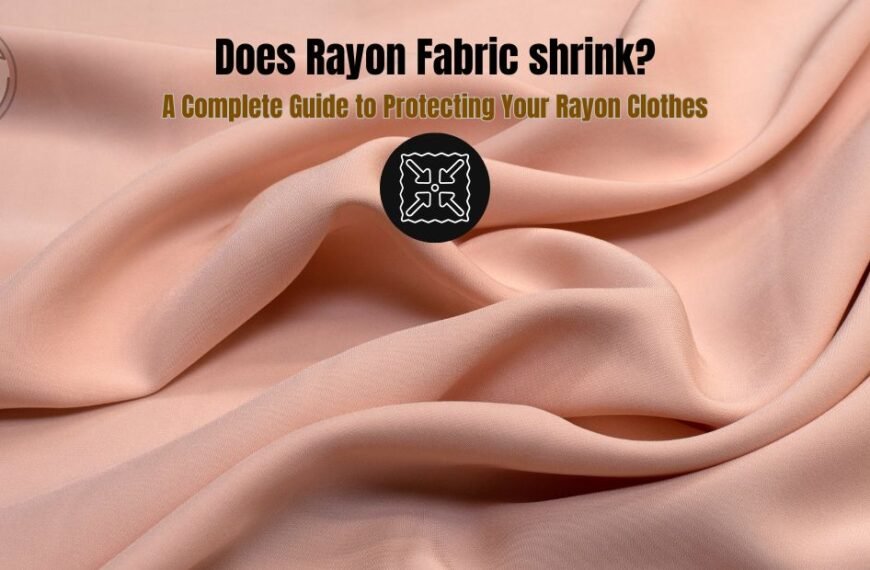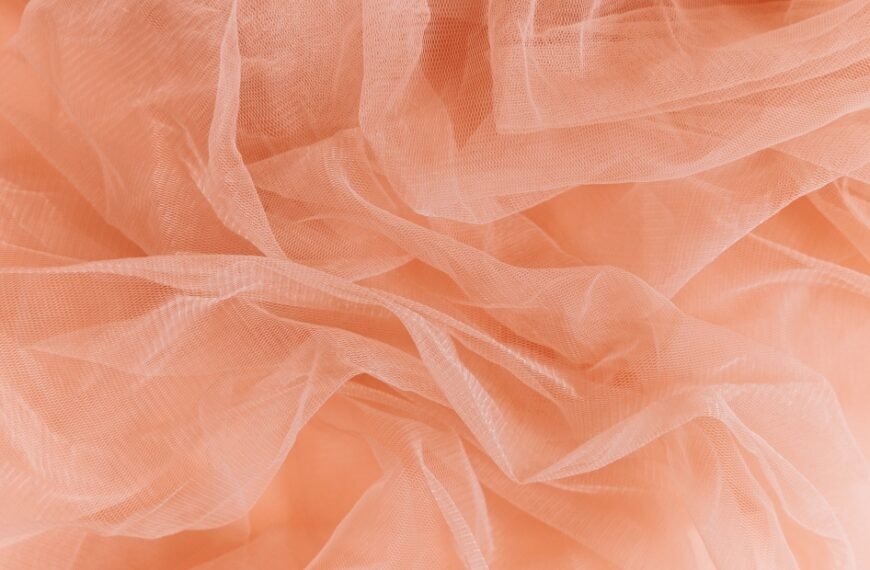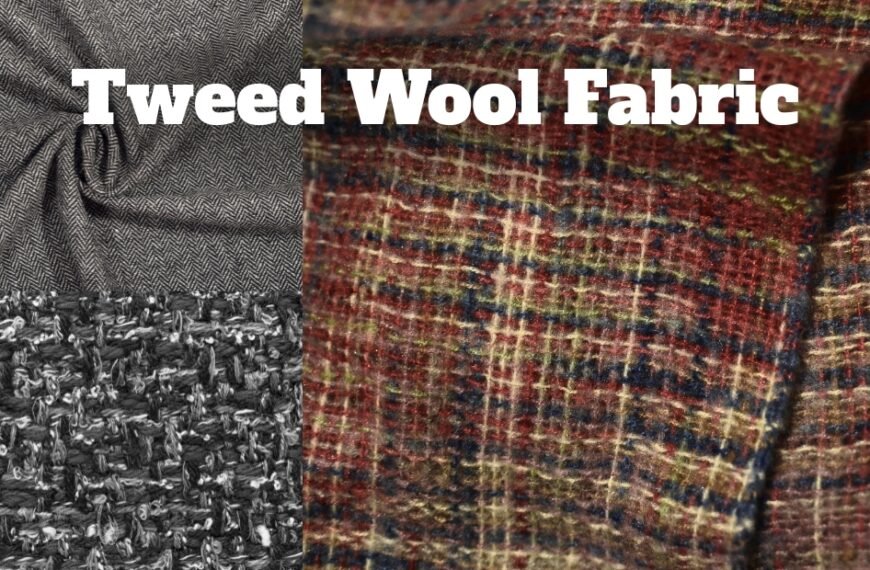While “luxury” usually brings to mind full grain leather, boasts an equally polished appearance and fulfills a certain price niche attractive to an aesthetic-driven consumer. This guide aims to help you understand everything regarding —its production process and the reasons this alternative is preferred over more expensive options.
Table of contents
- What is Corrected Grain Leather?
- What The Procedure Of Making Corrected Grain Leather Entails
- Why Corrected Grain Leather Holds More Benefits
- Common Uses of Corrected Grain Leather
- How to Identify Corrected Grain Leather
- Maintenance of Corrected Grain Leather
- Is Corrected Grain Leather Appropriate for You?
- Conclusion
- FAQs
What is Corrected Grain Leather?
Corrected grain leather is derived from a hide as a result of an animal flaw. Most of the defects consist of a result of scaring, insect bites, and even wrinkles. To correct these flaws, manufacturers sand the surface and create a uniform pattern over the top only to be engraved with a repeating pattern.
The procedure ensures that the leather has a polished uniform surface. Compared to full grain leather, it may lack uniqueness and breathability, but is still elegant and durable.
Its application in shoes, bags, jackets, and even as upholstery in furniture makes it accessible to the majority. Its elegant appearance and affordability make it a preferred choice in these items.
What The Procedure Of Making Corrected Grain Leather Entails
The process of creating starts with selecting a defected piece of leather. The top surface is mechanically sanded to fix a leather piece’s topmost skin. Once it is sufficiently relaxed, a synthetic pattern is stamped on to imitate the appearance of actual leather.
Afterwards, pigments are applied, or topcoats are applied. The improvement or preservation of the leather’s uniformity, resistance to soiling, and ability to retain color is attributed to the coats that are applied. In addition to boosting the leather’s scratch resistance, these coats improve the leather’s toughness.
It is also worth noting that the is usually produced from the uppermost layer of the hide, thus, making it resilient to some extent as compared to full grain leather, though not to the same extent.

Why Corrected Grain Leather Holds More Benefits
The accruing reasons to this leather’s popularity stem from some of the most useful features it presents. This does not resonate with leather purists, and is the corrected leather’s objection. The reasons are;
- Budget friendly: This leather is no where near as expensive as full grain leather, yet does not skimp on quality.
- Balanced appearance: This leather is favorable because of sleek texture desired leather is no longer bumpy.
- Long Lasting: When the piece of leather is treated correctly, it offers resistance to damage, moisture, and everyday activities.
- Multi use: This leather finds its way into belts, bags, as well as jackets, automobile interiors, and upholstery.
- Low upkeep: The surface’s top coating helps in the quick and easy clean of the leather piece.
For many individuals, this represents an ideal combination of looks, performance, and cost.
Common Uses of Corrected Grain Leather
You can find in various items. Its completed appearance makes it a preferred choice of material for mass-produced items.
- Footwear: Particularly dress shoes and boots, which benefit from a polished appearance.
- Handbags and Wallets: Offers a polished look without appearing overly priced.
- Jackets and Coats: Retains a stylish appearance, and is durable and shape-retentive.
- Furniture Upholstery: More stain and spill resistant than untreated leather.
- Car Interiors: Added to seats, panels, and trims because of a sleek look and ease of maintenance.
With its many uses, it is no wonder that is part of many designers’ and brands’ collections.

How to Identify Corrected Grain Leather
Corrected grain leather is easy to identify as long as you know these indicators:
- Surface Texture: Often has uniform grain.
- Sheen: Coatings can give a leather a slightly glossier or plastic look.
- Touch: Corrected grain leather is denser and less porous leading to a stiffer feel.
- Price Tag: Corrected grain leather is priced lower than full grain leather.
While shopping, if the appears overly flawless, it likely is. That differs from full or top grain types.

Maintenance of Corrected Grain Leather
With proper maintenance, the longevity of your leather goods can be preserved. of the full grain subtype is relatively soft, low maintenance, and easy to upkeep.
- Regular Cleaning: Remember to wipe with a damp cloth and mild soap to remove dirt for regular upkeep.
- Condition Leather: Unlike full grain leather, benefits from a light protective shield of nourishing oils and waxes to balance the leather and prevent it from drying out.
- Avoid Too Much Heat: Overly warm environments can lead to leather cracking.
- Store Leather Properly: Corrected grain leather can benefit from being shielded from sunlight to avoid drying.
- Treat Leather with Protector: Protectors can help shield leather from unwanted water, stains, and oils.

Is Corrected Grain Leather Appropriate for You?
If you are looking for a leather product that is stylish, rugged and easy to maintain, corrected grain leather is the way to go. Both its style and functionality come at lower price compared to other leather types.
Brand names tend to go for it as it aids the correction of leather imperfections for consistency and uniformity. Consumers enjoy its attractiveness along with the value of its price. It can hold its attractiveness for many years when correctly taken care of, making it a great investment.
Although it may not have the full grain’s richness and character, it excels in application, function, cost, and most importantly, aesthetics.
Conclusion
The sheer appeal of Corrected Grain Leather is its outstanding value featuring smooth finishing and rich aesthetics, thus providing luxury at an accessible price range. Its luxury appeal makes it an attractive handbag, and home décor option, and its smooth finishing guarantees long-lasting use.
Whether it is a jacket, a briefcase, or a recliner, having the knowledge of the type of leather used allows for more educated selections to be made. While corrected grain leather may not be the best, it is certainly more appealing than entry level.
Ultimately, and justifiably, it provides effortless elegance without the high cost as its name suggests.
FAQs
Yes, it is real leather made from the top layer of the hide but altered for a smoother look.
With proper care, it can last for many years. It’s durable, though slightly less so than full grain.
Due to its surface coating, it develops less patina than natural full grain leather.
